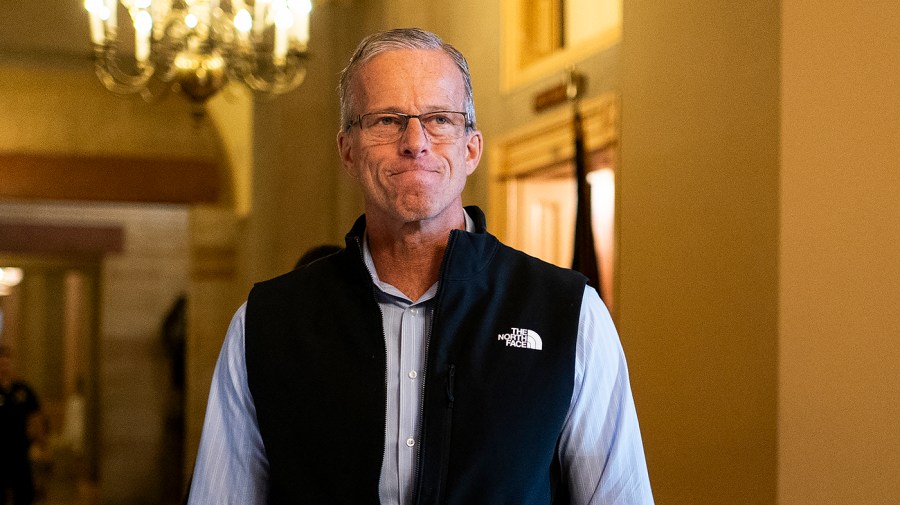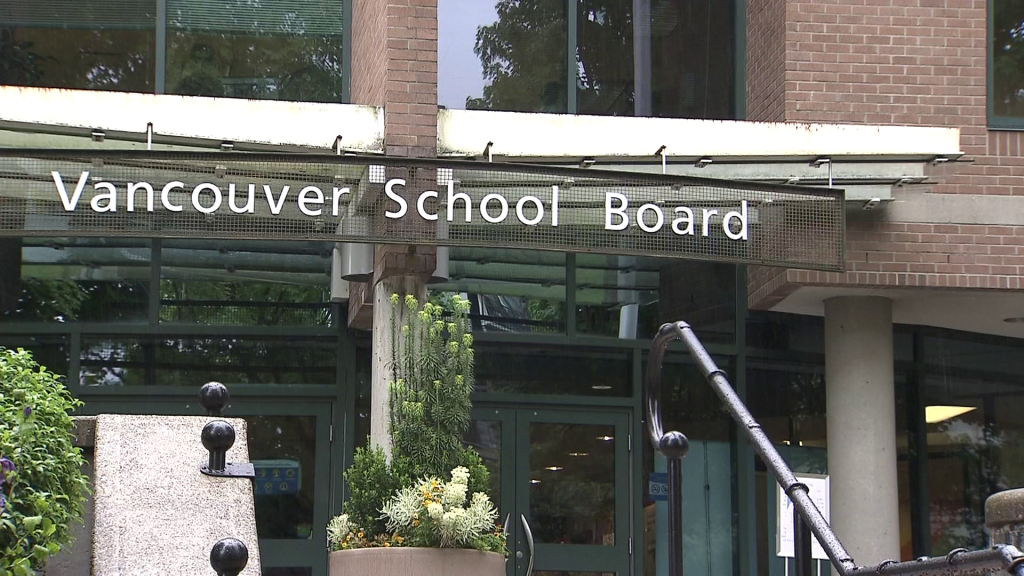Senate Majority Leader John Thune (R-S.D.) announced plans for a vote on Sunday regarding a proposal to reopen the federal government. This move follows the House of Representatives passing a continuing resolution aimed at funding government operations through November 21, 2023. Thune indicated that should Democrats support advancing this resolution, he will introduce a substitute that combines a stopgap measure with three full-year appropriations bills.
Thune’s substitute proposal, referred to as a “mini-bus,” is expected to include appropriations for military construction, veterans affairs, the Department of Agriculture, and the legislative branch. These appropriations have already been pre-conferenced with House appropriators. Additionally, the new legislation will provide funding for the remainder of the federal government until the end of January 2024.
Sunday afternoon marks the anticipated time for the Senate vote, following a lack of votes on Saturday. The text of the legislation will be made available early in the afternoon, allowing senators to review the specifics before casting their votes. Thune emphasized the need for a more comprehensive approach, stating he intends to replace the House’s clean continuing resolution with his combined funding proposal, informally dubbed the “Criminibus” by a Senate GOP aide.
On Sunday morning, Republican senators convened in the Mansfield Room to strategize their next steps. The gathering featured pizzas from Andy’s Pizza and leftover Halloween candy, providing a casual atmosphere for serious discussions about government funding.
As the deadline for government funding approaches, the outcome of this vote will have significant implications for federal operations and services. The political landscape indicates a challenging negotiation process ahead, as both parties strive to secure their priorities while ensuring the government remains operational. The proposed legislation reflects an effort to bridge differences and provide a path forward, highlighting the urgency of the situation as lawmakers navigate the complexities of federal budgeting.







